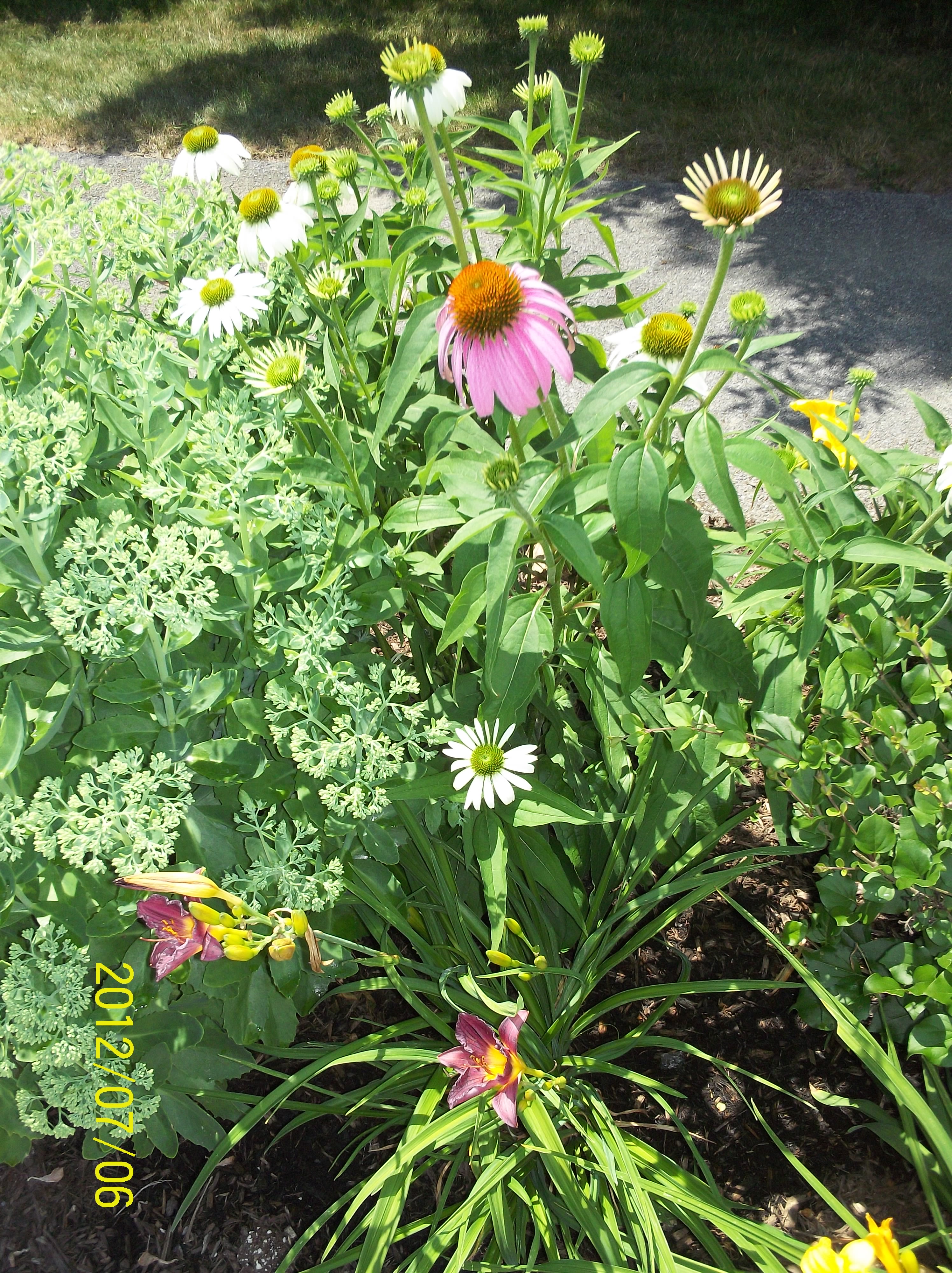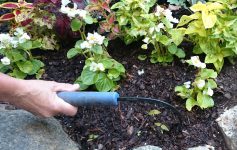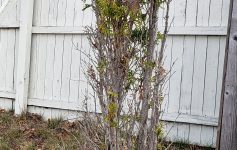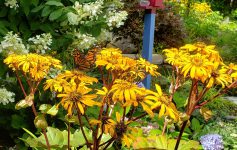
As we enter the new year, thoughts abound on making “resolutions” We are bombarded with ideas that range from health, business, family, spiritual and personal. But this year I decided to apply the New Year’s Resolution concept to my 2015 gardening. So many years digging in the dirt you would have thought this light bulb would have gone off earlier in my career. But perhaps my seasoning has lead me in this direction. I am finding that the most powerful tools in gardening are often the simplest!
A highway of information about gardening is piped into our homes via the sophisticated media of today. We can choose from bigger and better, new and improved, super duty, most effective, blind research tested, and the list goes on. We enjoy an unprecedented wealth of plants and practices to choose from in planning our home landscapes. But in my mind, it all comes down to keeping designs, plants and practices simple.
So what does keeping it simple mean? This week I was reviewing some horticulture articles I put aside to review this time of year. I laughed out loud at one article’s premise that one needs to “tour an arboretum” to select a garden tree. This is the antithesis of “keeping it simple” Simplicity would dictate observations in your neighborhood throughout the seasons to examine specimens size, color, shape and utility. This goes for plants too. What is working in your local area with an environment much like your home..is probably a better research tool for you.
Expansive designs almost always equal, too much time and resources to maintain. I usually refer to a good rule of thumb presented to me by Gordon Hayward many years back when designing for size of front entries. Take the height and length of the structure, flip it on the ground and consider that as your basic working space. Bigger is not always better.
Stay away from exotic plants. By that I mean keep your selections higher on the regional tried and true shrubs and perennials and use annuals with discretion for added color. This past fall I completed the winterization of a garden installed earlier in the season that boasted a good 65% annuals in the display. No rocket science there in determining costs for the next few years in materials and watering should this design pattern continue. Another important aspect when choosing those annuals for the splash of added color, examine carefully the maintenance needed throughout the season. I had an experience @ a public garden a few years back where a donated annual display although visually appealing took inordinate amounts of time to deadhead the selected species each week, just to keep that visual going.
Practices need to be practical. Special synthetic combinations of amendments and intricate timetables do not equal a healthy, enjoyable garden. Taking the more simplistic route of good old fashioned soil, compost, organic mulch, historical timetables and just plain selective dig in the dirt time. can often surpass outcomes promised by that new technology.
So simple gardening for 2015 is a declutter list of sorts: shrink your spaces, eliminate what is unnecessary, keep up with routines of little weekly and larger season change clean ups; choose plants in natural settings; use natural practices, and above all rediscover happiness in the beauty of it all!



